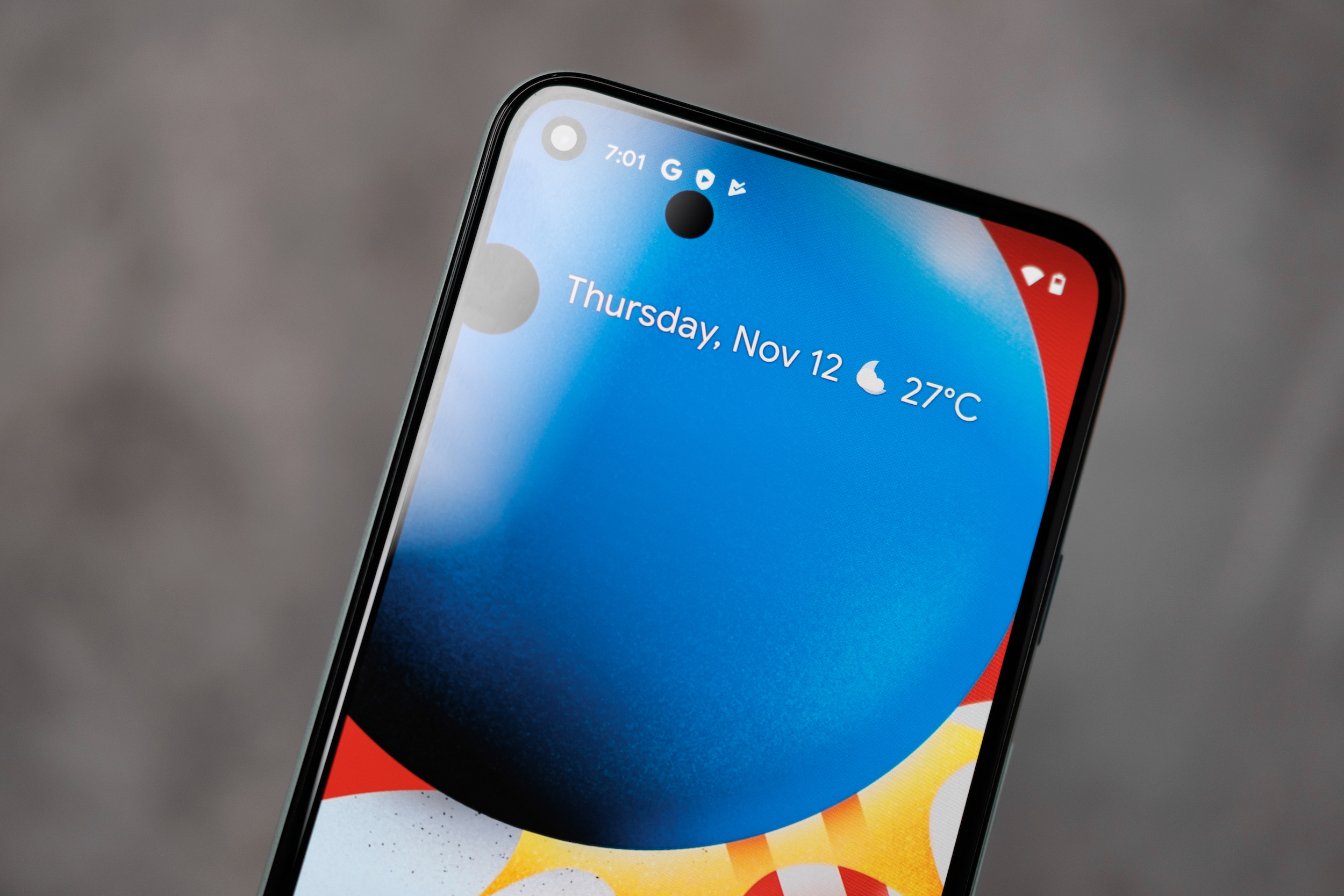Google Pixel 6 could get this big upgrade to fight iPhone 13
Google is reportedly experimenting with UWB for upcoming Pixel 6 handsets

It looks like the Google Pixel 6 is getting an important upgrade to take on the iPhone 13 and Galaxy S21.
Ultra-wideband (UWB) connectivity is something that both Apple and Samsung have been adding to their flagship handsets recently. The wireless communication protocol has a longer range than Bluetooth and can pinpoint objects to a few inches, rather than a few feet. This can be used in smart home devices, but also makes it especially handy for location tracking, which is why it’s used in Apple’s AirTags, Samsung’s SmartTag Plus and the upcoming Tile.
So far its adoption has been limited to high-end handsets: just the iPhone 11 and 12 family, and Samsung Galaxy S21 Ultra, Plus and Note 20 Ultra at the time of writing. But that looks set to change, with Google reportedly experimenting with the technology for a couple of upcoming handsets, expected to be Pixel 6 devices.
- The best Android phones of 2021
- AirTag vs. Tile: How Apple’s key finder compares
- PLUS: Apple AirTags' anti-stalking features come with a dangerous loophole
XDA Developers’ Mishaal Rahman first tweeted that the technology was being tested on “raven”, a codename assumed to be Pixel 6 device.
I don't have any more details to share, such as confirmation that a next-gen Pixel will indeed support UWB, if Google is working on any UWB/BT trackers, whether "raven" is the Pixel 6 or 6 XL, etc.April 30, 2021
To what end Google would use the technology is unclear. At the time of writing, none of its Nest smart home devices support UWB (though that doesn’t rule out future generation support, of course) and we haven’t heard anything about Google creating its own smart tracker.
It’s possible that Google just wants to futureproof things, but that feels a stretch given the Pixel 5 dropped out of the high-end flagship race with a more competitively priced mid-range device last time around. If this pattern holds for the Pixel 6, then you’d imagine the company would be cutting non-essential ‘nice-to-have’ features, rather than adding them.
Nonetheless, 9to5Google has viewed documentation that corroborates Google has indeed been working with UWB hardware, reportedly developed by Qorvo. The site doesn’t offer any additional insider information about how it will be used, but notes that the open source UWB code for Android 12 currently deals with calculating distances and angles between devices with the technology built in. The tech is limited to system apps, the site adds, meaning they can’t be utilized by third-party Android developers.
Sign up to get the BEST of Tom's Guide direct to your inbox.
Get instant access to breaking news, the hottest reviews, great deals and helpful tips.
While the Pixel 5a is close enough for camera samples to leak directly via Google’s own blogs, the Pixel 6 is still some way away, and leaks have been pretty thin on the ground. But one thing that could be a game changer is Google taking the Apple route and using its own chips, rather than relying on Qualcomm like the vast majority of other Android manufacturers.
The GS101 Whitechapel chip is reportedly a joint venture between Google and Samsung (even though ‘GS’ is assumed to stand for ‘Google Silicon’) and the companies will hope that it offers the same kind of impressive performance as Apple’s A Series chips. If the Pixel 6 is indeed using Google’s own silicon, then we look forward to benchmarking it when the handsets arrive this fall.
Freelance contributor Alan has been writing about tech for over a decade, covering phones, drones and everything in between. Previously Deputy Editor of tech site Alphr, his words are found all over the web and in the occasional magazine too. When not weighing up the pros and cons of the latest smartwatch, you'll probably find him tackling his ever-growing games backlog. Or, more likely, playing Spelunky for the millionth time.

